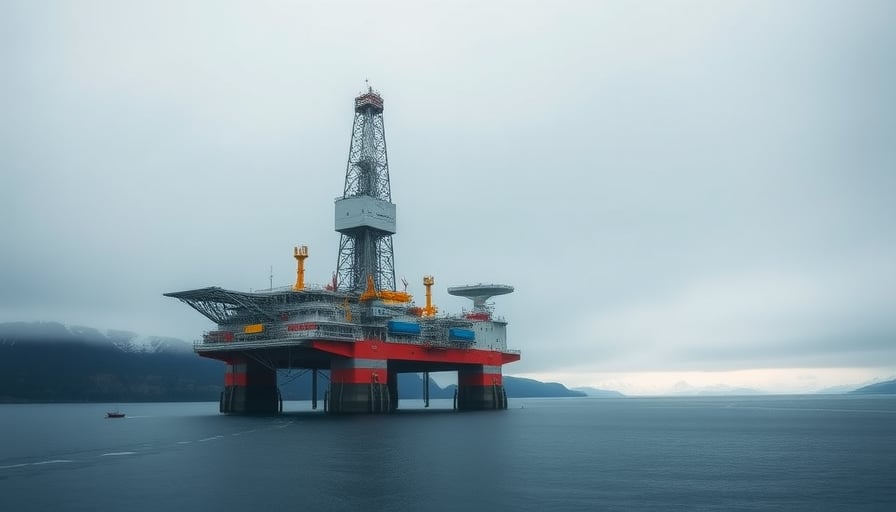Aker Carbon Capture ASA: From Market‑Minded Ambition to Legal Maelstrom
The Norwegian company that once promised to lead the world in carbon capture has turned into a case study of corporate collapse. On 13 October 2025 the Euronext Oslo Børs halted trading of Aker Carbon Capture’s shares, an unprecedented move that signals a complete breakdown of the company’s governance and a looming liquidation. The crisis began after an extraordinary shareholders’ meeting on 5 August 2025, when the board voted to dissolve the company and distribute the remaining assets as a liquidation dividend. The decision was met with immediate resistance from a minority group of shareholders, led by Andreas Møller of A. Møller Invest AS, who control over five per cent of the shares.
A Shocked Exchange
The exchange’s decision to suspend trading—effective 13 October—was a direct response to the impending ex‑dividend of the liquidation distribution. By freezing the market, Euronext aimed to prevent a surge of speculative trading that could destabilize an already fragile stock. The move, however, left investors in a state of limbo: they could not buy or sell the shares, and the price, which had already collapsed to 0.1404 NOK on 9 October, remained frozen. The market cap of just 112 million NOK underscored how small the company had become after its ambitious projects failed to generate the expected revenue streams.
Shareholder Revolt and Governance Crisis
The group of dissenting shareholders, now demanding a complete halt to the liquidation process, has issued a formal request for a further extraordinary general meeting. Their argument is clear: the liquidation vote was rushed, the asset valuation was inaccurate, and the company’s remaining assets are insufficient to satisfy all creditors. Yet the board’s insistence on proceeding with the liquidation dividend illustrates a stark clash between managerial intentions and shareholder interests.
This showdown is not merely a procedural dispute; it reflects a deeper failure in the company’s strategic execution. Aker Carbon Capture, once touted as a leader in carbon‑capture technology, has struggled to secure the necessary capital and partnerships to bring its flagship projects online. The stock’s dramatic decline—from a 52‑week high of 7.88 NOK in February to a low of 0.091 NOK in June—speaks to a loss of investor confidence that has not been reversed by any tangible operational progress.
The Financial Anatomy of a Decline
With a price‑earnings ratio of –0.335, the company is not only unprofitable but also heavily discounted relative to peers. The low trading price and negligible market cap make Aker Carbon Capture an unattractive investment, even for risk‑tolerant speculators. The company’s failure to maintain a healthy cash flow or to generate consistent earnings has left it vulnerable to liquidation—a fate that is now looming as the board pushes forward with its distribution plan.
What Happens Next?
- Liquidation Execution – If the board’s liquidation vote is upheld, assets will be sold off in a matter of weeks, and shareholders will receive a fraction of the book value.
- Shareholder Vote – The pending extraordinary meeting could reverse the liquidation decision, but it would require a substantial majority that the current minority opposition does not possess.
- Regulatory Oversight – Norwegian authorities may intervene to ensure that the liquidation process complies with corporate law and protects minority shareholders.
The current chaos underscores a broader lesson for investors: even companies that once appeared poised to transform the energy sector can be undone by misaligned governance, overambitious targets, and a failure to deliver on promises. Aker Carbon Capture’s collapse serves as a stark reminder that the market rewards not only vision but also execution, transparency, and shareholder alignment.
